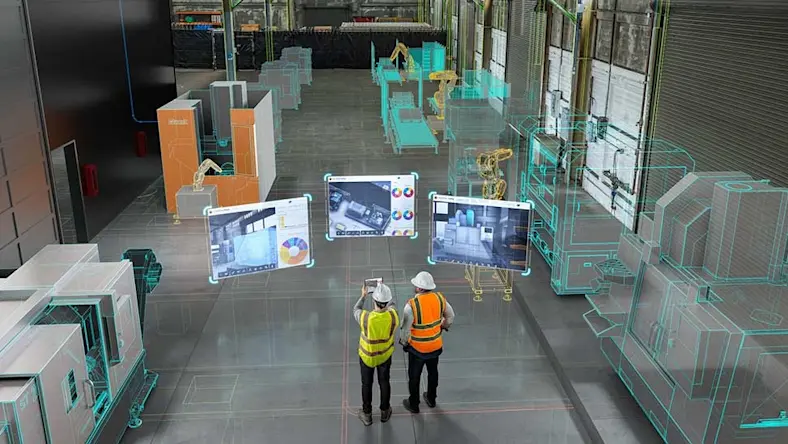& Construction

Integrated BIM tools, including Revit, AutoCAD, and Civil 3D
& Manufacturing

Professional CAD/CAM tools built on Inventor and AutoCAD
Braden Leonard, Maker & Designer: My name is Braden Leonard, former firefighter, medic with the Johnson Fire Department. I was mountain biking, caught my front wheel between a couple rocks, and got propelled over the bars into a tree. I got a deep puncture wound in my right palm.
Newscaster: A rare infection nearly kills a local firefighter.
Leonard: My body started shutting down. I had a massive infection. They ended up putting me in a medically induced coma, and I woke up a week later, and my hand had to be amputated in order to save my life. I started the process of getting fit for a prosthesis, and one of the things I wanted to do—I thought it’d be a good test of whatever prosthesis I ended up with—was to go mountain biking again.
When I started looking for prosthetics, I was disappointed. I was disappointed by what was available. They’re lacking durability; they’re lacking affordability. And a lot of the mechanical ones that were supposed to be, “This is what you use if you want to be active and physical,” I was breaking them.
Taylor Tobin, Senior Shop Supervisor, Autodesk Technology Center in Boston: There are many design challenges to designing a prosthetic. It needs to be strong; it needs to be lightweight; it needs to be ergonomic.
Paul Sohi, Fusion 360 Evangelist, Autodesk: But, ultimately, you’re working with one of the most difficult clients in the world, which is the human body.
Leonard: We’re working out of the Autodesk BUILD Space to develop high-performance upper-limb prosthetic systems. I had never designed anything three dimensionally before. This is really important to me to make these components—everything that I’m going to make, it has to be strong. It has to withstand a lot of abuse, and it has to be affordable and accessible. [Autodesk] Tinkercad was one of the first 3D-design tools I really played with and just sort of got an idea for working in three dimensions.
Tobin: Here at Autodesk, we have dozens and dozens of different software platforms. Most of these programs are digital-modeling programs, and they also have integrated CAM functionality. CAM is computer-aided manufacturing, or computer-aided machining. It not only incorporates the 3D scanning and then from that data, the modeling side of our capabilities, but we are also able to utilize a lot of our three- and five-axis machine tools to actually create some of the interlock components of his prosthetics.
Sohi: Machines are easier to use. Setting things up is easier than it’s ever been, and accessibility and availability of those tools is higher than ever, too. All of this really adds up to being able to develop something rapidly and with quality, too. All these tools really help you explore and understand how to make a better products because we can do as much as we like onscreen, but the reality is, what happens there, it doesn’t necessarily translate to the real world.
Leonard: There’s no disconnect between the designer and the user. I think there can be a lack of empathy sometimes in the design world, but when you’re building something that you’re personally going to use, it’s going to be better.
Sohi: A lot of the prosthetic startups are built out of necessity.
Tobin: Braden wants to be able to fight fires and ride motorcycles, so the level of precision and the engineering that goes into creating things that are that durable is a challenge.
Leonard: We started designing prosthetics for others through my partner Mike Nunnery’s prosthetics practice. He comes across situations on a regular basis where someone needs a solution that they can’t find.
I think the greatest reward for this sort of work is seeing that stoke, just seeing someone excited to be riding a bike or something that works—when it clicks—helping people be active. It’s a huge sense of self-fulfillment to jump on a mountain bike and go ripping down a mountain, same thing on the motorcycle. And, you know, sharing the stoke—that’s probably the most rewarding thing.
Executive insights
PD&M
PD&M
Image courtesy of Batch.Works.


